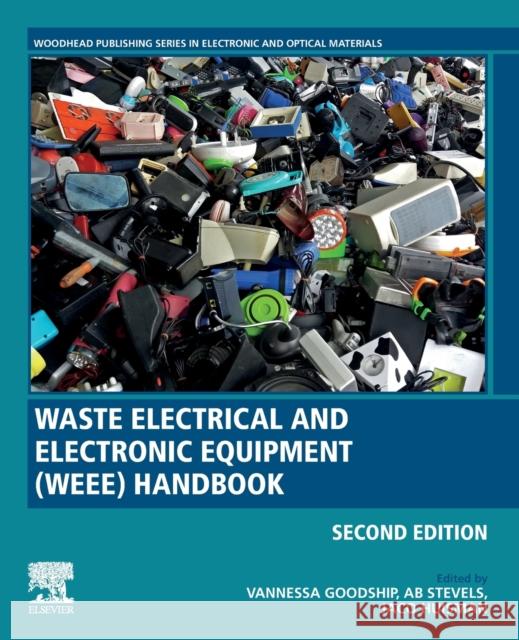Waste Electrical and Electronic Equipment (Weee) Handbook » książka
topmenu
Waste Electrical and Electronic Equipment (Weee) Handbook
ISBN-13: 9780081021583 / Angielski / Miękka / 2019 / 728 str.
Kategorie:
Kategorie BISAC:
Wydawca:
Woodhead Publishing
Seria wydawnicza:
Język:
Angielski
ISBN-13:
9780081021583
Rok wydania:
2019
Numer serii:
000454534
Ilość stron:
728
Waga:
1.24 kg
Wymiary:
23.5 x 19.05 x 3.73
Oprawa:
Miękka
Wolumenów:
01











